World Curlew Day
21 Apr 2022
The Curlew’s wild, bubbling cry is woven through the fabric of our landscapes, from windswept moors and upland pasture to sweeping estuaries washed by the sea. But the threads for this species continue to unravel; with declines of 48% across the UK from 1995 to 2018, Curlew is now Red-Listed in the UK and has Near-Threatened global status. On World Curlew Day, we look over the BTO research helping to stitch together the conservation of this iconic species.
A cry for the Curlew: launching the Curlew Appeal
In 2015, Curlews were added to the UK Red List, following losses of nearly half their breeding numbers over the preceding 20 years. As the UK hosts around 25% of the world’s population of this species, the status of UK Curlew populations has a truly global impact.
That’s why BTO launched the Curlew Appeal: an urgent request for support as our researchers aimed to identify the causes of Curlew declines and inform conservation interventions to stabilise the dwindling population. More detailed information about Curlew habitat requirements and the impact of conservation interventions was also needed.

Listen to the Curlew call
The rippling song of the Curlew is part of the breeding display, along with stately walking rituals and a flight with shivering wings.
This first look at the causes of Curlew declines across the UK revealed how vital less intensively managed open landscapes of the British Isles are to this charismatic species. Conserving these landscapes will also give other wildlife using these habitats a chance to thrive.Dr Samantha Franks, Senior Research Ecologist
Revealing the target for conservation interventions
Alongside the BTO/JNCC/RSPB Breeding Bird Survey (BBS), the appeal funded BTO research leading to the first assessment of the causes of breeding Curlew decline across Britain. The results revealed the importance of semi-natural grassland and moorland for breeding Curlew as well as the species’ potential vulnerability to afforestation, loss of natural grassland habitats, and climate change.
Further investigation by BTO revealed that, on average, Curlew pairs only raise 0.25 chicks per breeding season - but statistics show that 0.43 chicks are needed per pair to stabilise the UK’s population of this species. Once the chicks reach adulthood, BTO found their annual survival is high, emphasising the need to focus conservation efforts on improving breeding success.
World Curlew Day also marks the publication of BTO research into factors affecting wintering Curlew in the UK. The study demonstrates that these populations are not heavily influenced by local winter conditions, indicating that current declines across the breeding range are driven by breeding success and adding weight to previous recommendations for targeting conservation to support breeding Curlew.
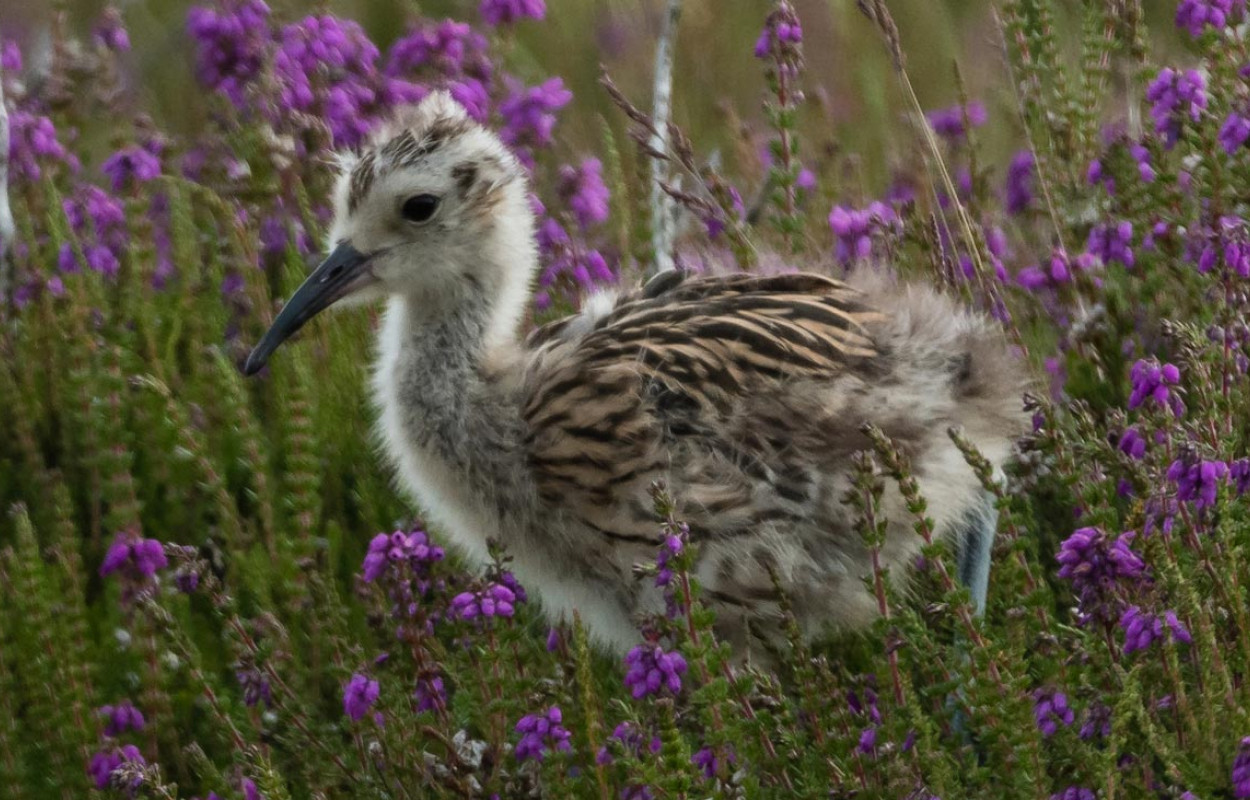
What is headstarting?
The open, grassy habitat and lack of predators on civil and military airfields are attractive to ground-nesting birds. Birdstrike can cause plane crashes and loss of life, with the result that many nests have been destroyed under license.
Headstarting involves removing the eggs from this vulnerable position and rearing the chicks in a specialist facility, where they can be ringed and tagged before release into the wild.
Sandringham Estate and Wild Ken Hill were used as release sites for the birds in this headstarting project. You can read more on Wild Ken Hill's website.
Collaboration for Curlew: working with stakeholders
Collaboration has been central to BTO’s work about Curlews in the UK. As part of the ECHOES project, BTO Cymru is conducting research investigating Curlew habitat use in Wales, revealing a need for a mosaic of different environments. Tracking of individual birds throughout the breeding season has also been possible through partnership with Natural Resources Wales and the RSPB.
BTO has also worked with the Defence Infrastructure Organisation, the Royal Air Force, Natural England, Pensthorpe Conservation Trust and the Wildfowl & Wetlands Trust on a Curlew headstarting project, which rescued 147 eggs from eight military and civilian airfields where the risk of birdstrike resulted in previous nests being destroyed.
The Curlew chicks were tracked after fledging, giving BTO a unique insight into the behaviour and survival of young birds and improving our understanding of headstarting as a conservation tool for Curlew recovery.
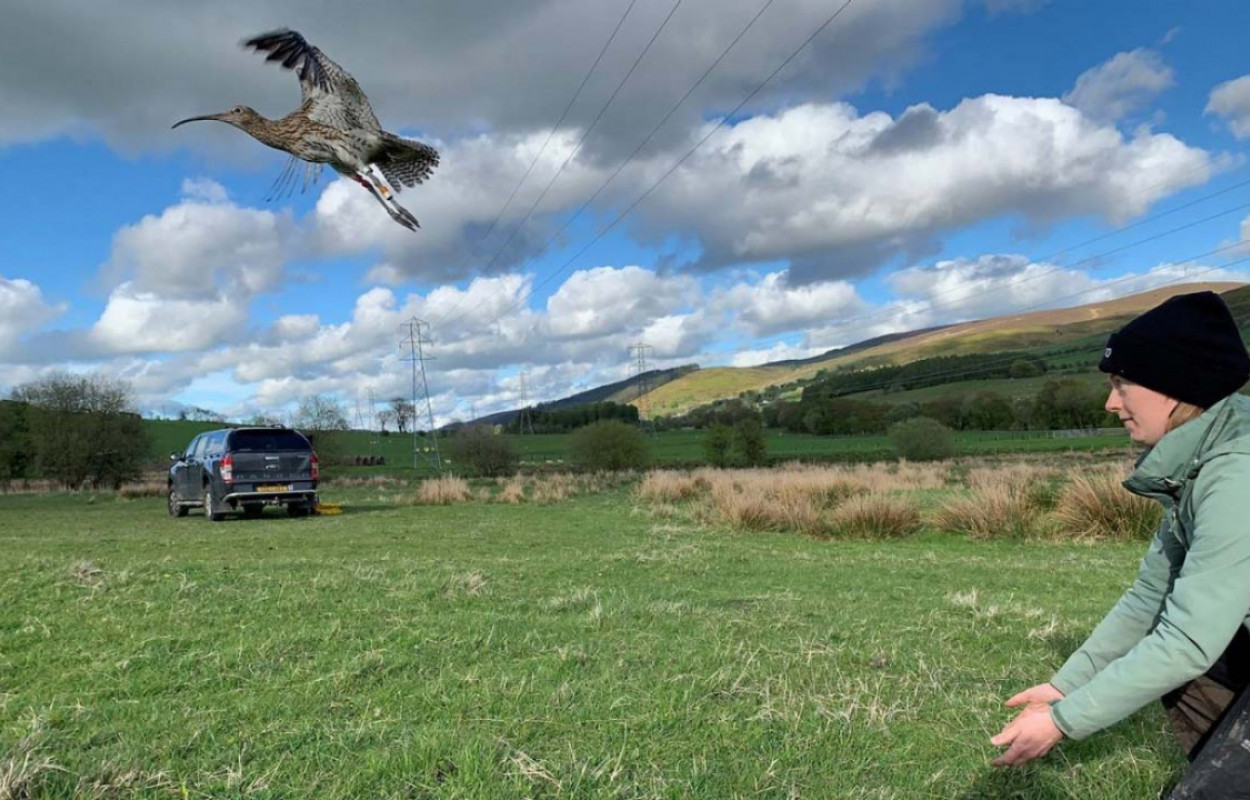
Contribute to Curlew conservation
You can support BTO's work to better understand the drivers of Curlew decline by volunteering for our monitoring project, Breeding Waders of Wet Meadows.
Visit the project page to find a vacant survey site.
Find out moreWhat's next for the UK's Curlew?
World Curlew Day reminds us of the plight of these birds, but also of the potential to stabilise Curlew population declines and work towards the species' recovery.
Partnership-working holds the key to Curlew conservation, and a number of initiatives are underway across the UK: Working for Waders in Scotland, the recently launched Gylfinir Cymru in Wales, and the Curlew Recovery Partnership in England. The aim of these groups is not only to share information among organisations and government agencies with an interest in Curlew, but importantly, to connect researchers with conservation practitioners, local community groups, and other stakeholder groups such as land managers who will be key to implementing Curlew conservation interventions.
BTO's growing body of research about Curlew population declines has already proved vital for the design and deployment of effective conservation, and through encouraging participation in wader monitoring projects such as the Wader Calendar, Gamekeeper Wader Transects and Breeding Waders of Wet Meadows, gaps in our knowledge continue to be filled.
Explore the latest research and findings below.

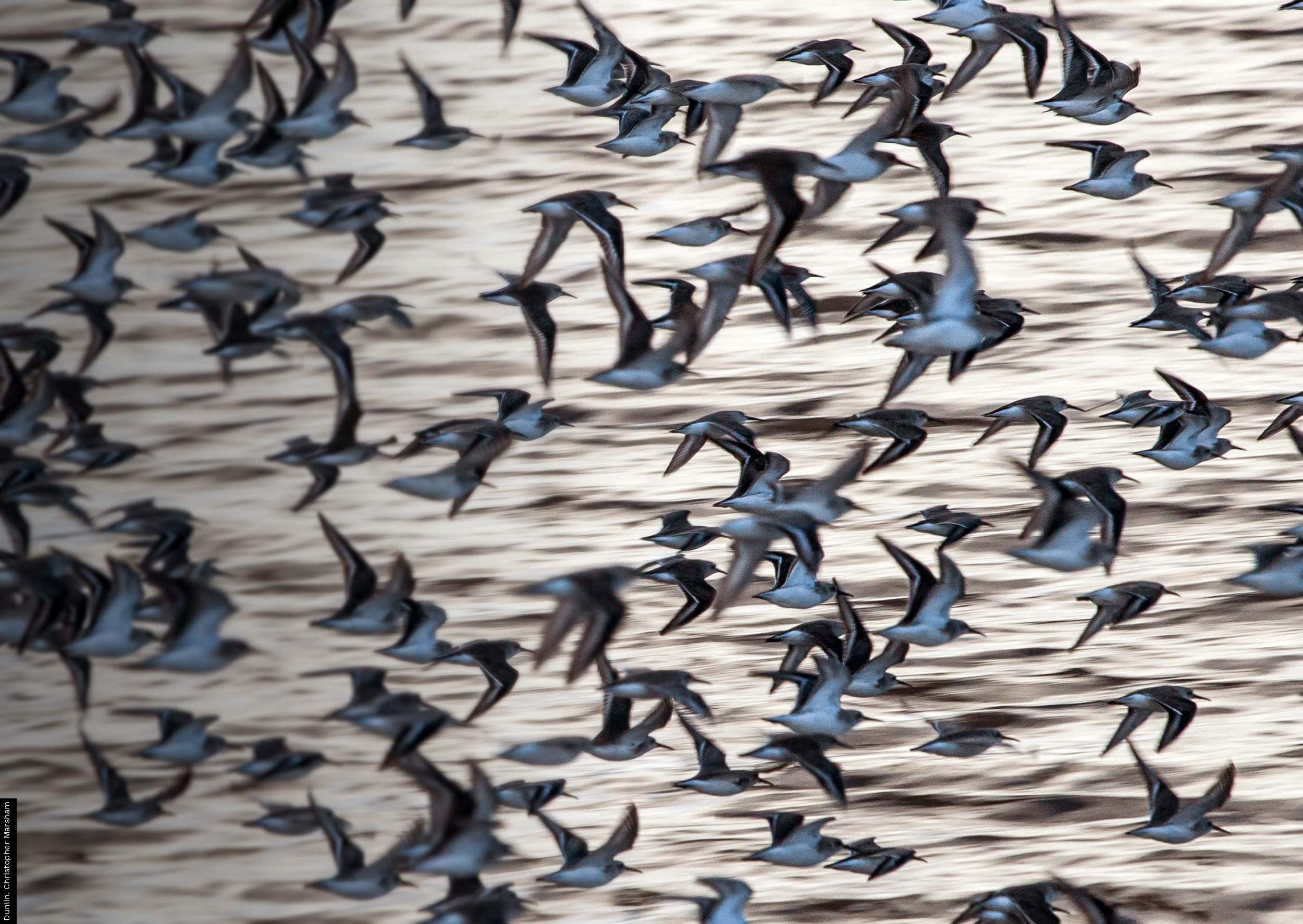
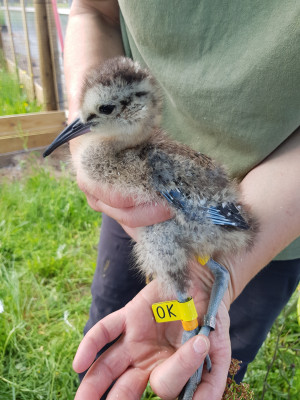
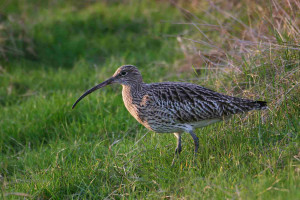
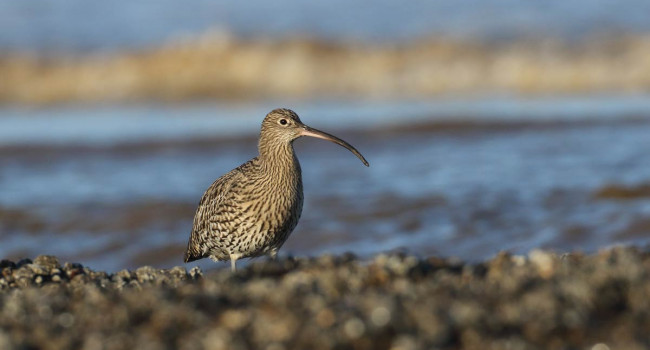
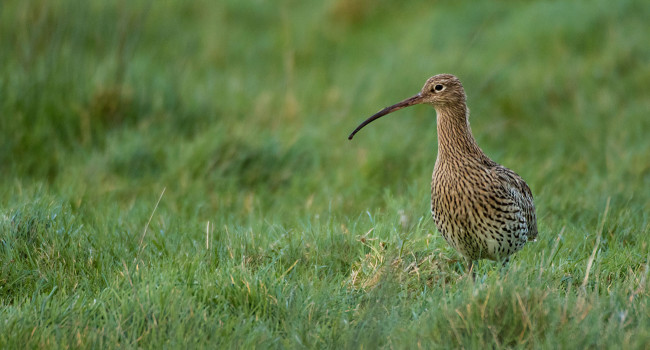
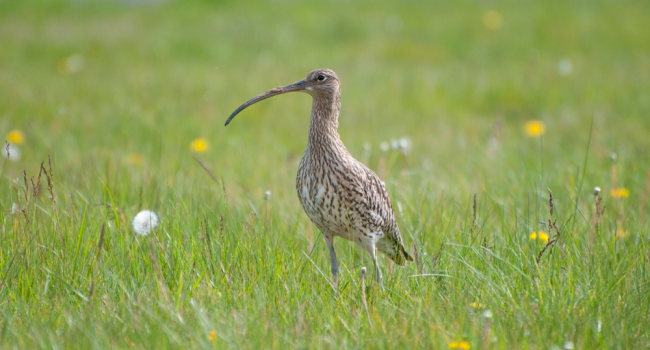
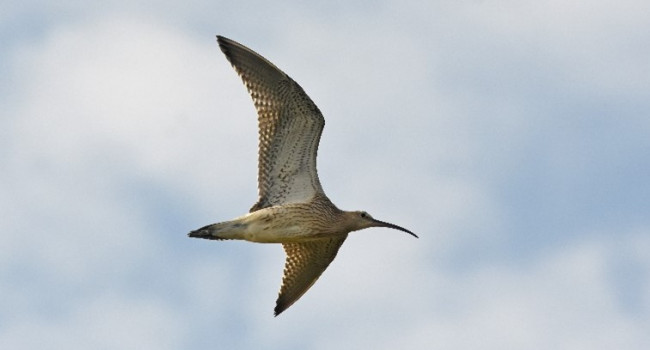
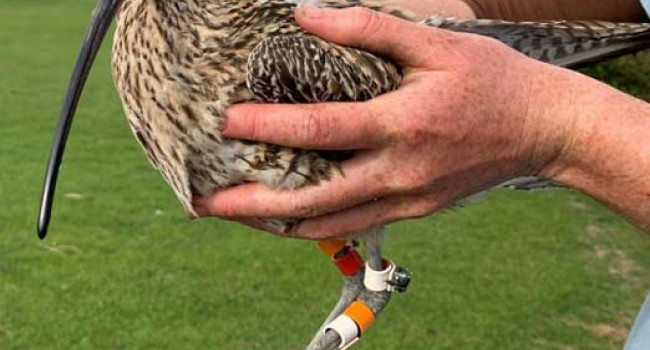
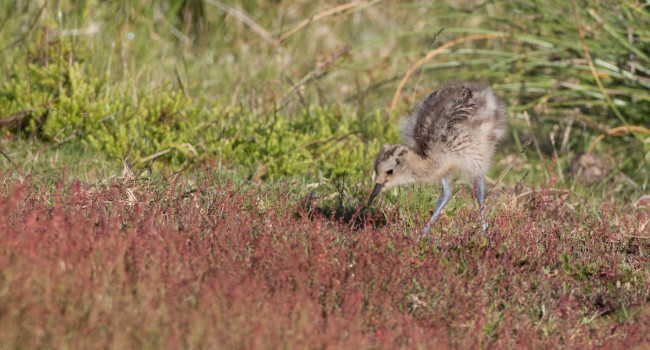
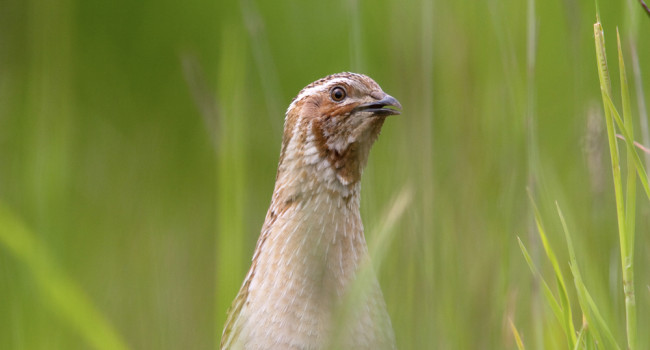

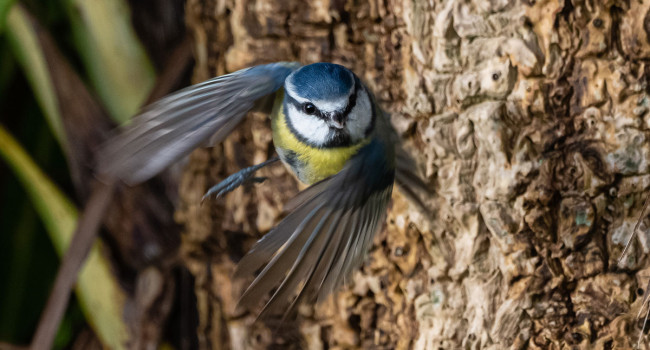

Share this page